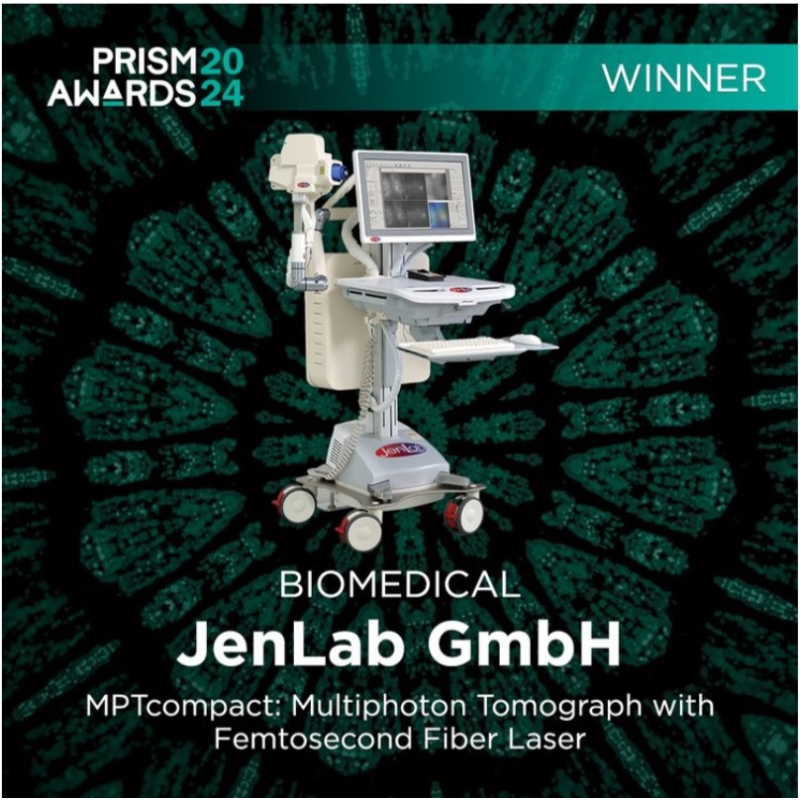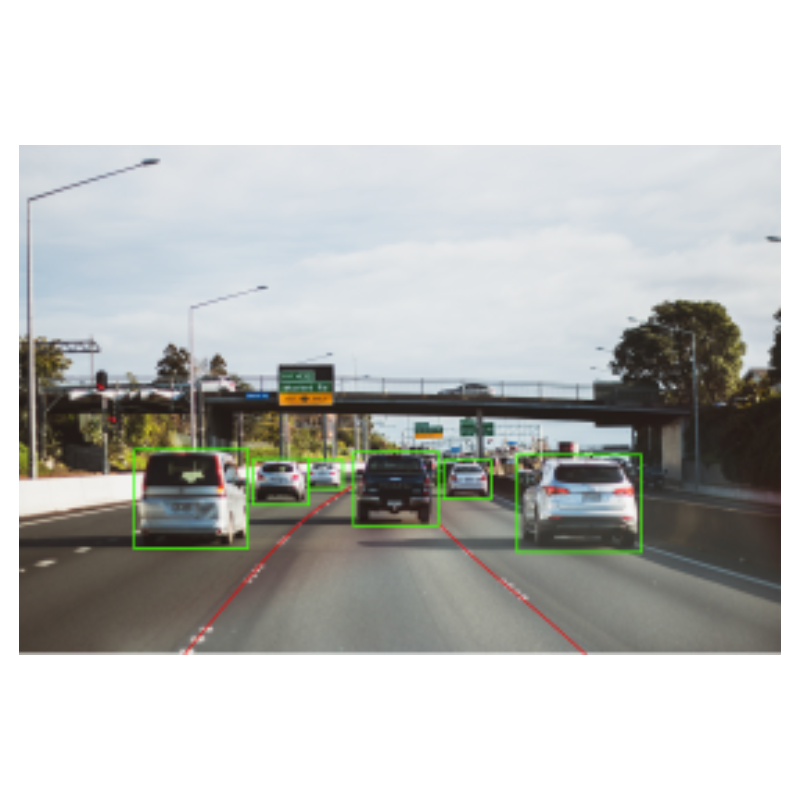锤子
和频振动光谱学方法研究二甲基硅油Poly(dimethylsiloxane)的紫外和表面等离子体改性动力学
- 类别:分析方法/应用文章
- 上传人:欧兰科技
- 上传时间:2016/10/31 11:01:36
- 文件大小:134K
- 下载次数:5
-
消耗积分 : 免积分
简介:
In numerous applications in microfluidics, cell growth, soft lithography, and molecular imprinting, the surface of poly(dimethylsiloxane) (PDMS) is modified from a hydrophobic methyl-terminated surface to a hydrophilic hydroxylterminated surface. In this study, we investigated molecular structural and orientational changes at the PDMS-air interface in response to three commonly used surface modification processes: exposure to long-wavelength ultraviolet light (UV), exposure to short-wavelength UV that generates ozone (UVO), and exposure to oxygen plasma (OP). The surfaces of two PDMS compositions (10:1 and 4:1 of base polymer/curing agent) were probed during modification, using monolayer-sensitive IR + visible sum frequency generation (SFG) vibrational spectroscopy, with two different polarization combinations. During PDMS surface modification, the peak intensities of CH3 side groups and CH2 cross-link groups decreased, while peak intensities of Si-OH groups increased. There was no significant change in the average orientation of the CH3 groups on the PDMS surface during modification. The concentration of CH3 groups on the surface decreased exponentially with time, for all three UV, UVO, and OP modification processes, with first order kinetics and time constants of approximately 160, 66, and 0.3 min, respectively. At steady state, residual CH3 groups were detected at the PDMS surface for UV and UVO treatments; however, there were negligible CH3 groups detected after OP modification.
打开失败或需在电脑查看,请在电脑上的资料中心栏目,点击"我的下载"。建议使用手机自带浏览器。
相关产品更多>>
下载该资料的还下载了
推荐学习更多>>
- 注意:
- 1、下载文件需消耗流量,最好在wifi的环境中下载,如果使用3G、4G下载,请注意文件大小。
- 2、下载的文件一般是pdf、word文件,下载后如不能直接浏览,可到应用商店中下载相应的阅读器APP。
- 3、下载的文件如需解压缩,如果手机没有安装解压缩软件,可到应用商店中下载相应的解压缩APP。



































